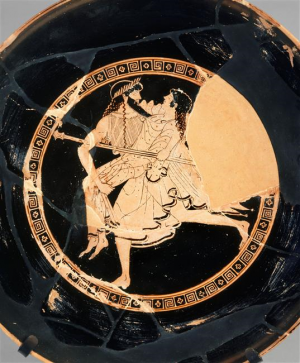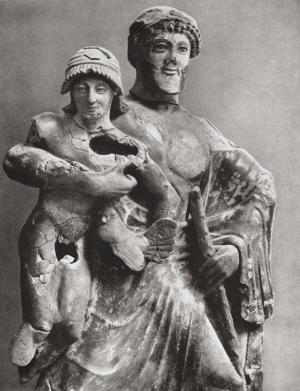(Boylove Documentary Sourcebook) - The Pederastic Ancient Greek Myth of Zeus and Ganymede as Depicted in a Poem by Theognis: Difference between revisions
From BoyWiki
m Dandelion moved page (BLSB) - The Pederastic Ancient Greek Myth of Zeus and Ganymede as Depicted in a Poem by Theognis to (Boylove Documentary Sourcebook) - The Pederastic Ancient Greek Myth of Zeus and Ganymede as Depicted in a Poem by Theognis |
|||
| (One intermediate revision by the same user not shown) | |||
| Line 43: | Line 43: | ||
*[https://greek-love.com/antiquity/greek-practices/greeks-pedicate-loved-boys-pederasty DID THE GREEKS PEDICATE THEIR LOVED BOYS? (Greek Love Through the Ages)] | *[https://greek-love.com/antiquity/greek-practices/greeks-pedicate-loved-boys-pederasty DID THE GREEKS PEDICATE THEIR LOVED BOYS? (Greek Love Through the Ages)] | ||
[[Category:Boylove Sourcebook]] | [[Category:Boylove Documentary Sourcebook]] | ||
[[Category:Reference material on ancient Greece]] | [[Category:Reference material on ancient Greece]] | ||
[[Category:Greek literature]] | [[Category:Greek literature]] | ||
[[Category:Boylove in literature]] | [[Category:Boylove in literature]] | ||
[[Category:Poetry]] | [[Category:Poetry]] | ||
Latest revision as of 11:11, 3 November 2021

From The Cambridge Companion to Archaic Greece, edited by H. A. Shapiro (Cambridge; New York: Cambridge University Press, 2007).
Likewise, in the poetic corpus of Theognis, we find a number of erotic addresses to and encomia of boys. Thus, for example,
there is some pleasure in loving a boy (paidophilein), since once in fact even the son of Cronus [Zeus], king of the immortals, fell in love with Ganymede, seized him, carried him off to Olympus, and made him divine, keeping the lovely bloom (anthos) of boyhood (paideia). So, don’t be astonished, Simonides, that I too have been revealed as captivated by love for a handsome boy.
(1345–50)

See also
- Apollo (mythology)
- Hyacinth (mythology)
- Adult friend (dictionary)
- Age of attraction (dictionary)
- Athenian pederasty
- Boylove
- Cretan pederasty
- Ephebophilia
- Erastes
- Eromenos
- Greek love
- Historical boylove relationships in ancient Greece
- Loved boy (dictionary)
- Minor-attracted person (dictionary)
- Pedophilia
- Philosophy of ancient Greek pederasty
- Spartan pederasty
- Theban pederasty
- Young friend (dictionary)